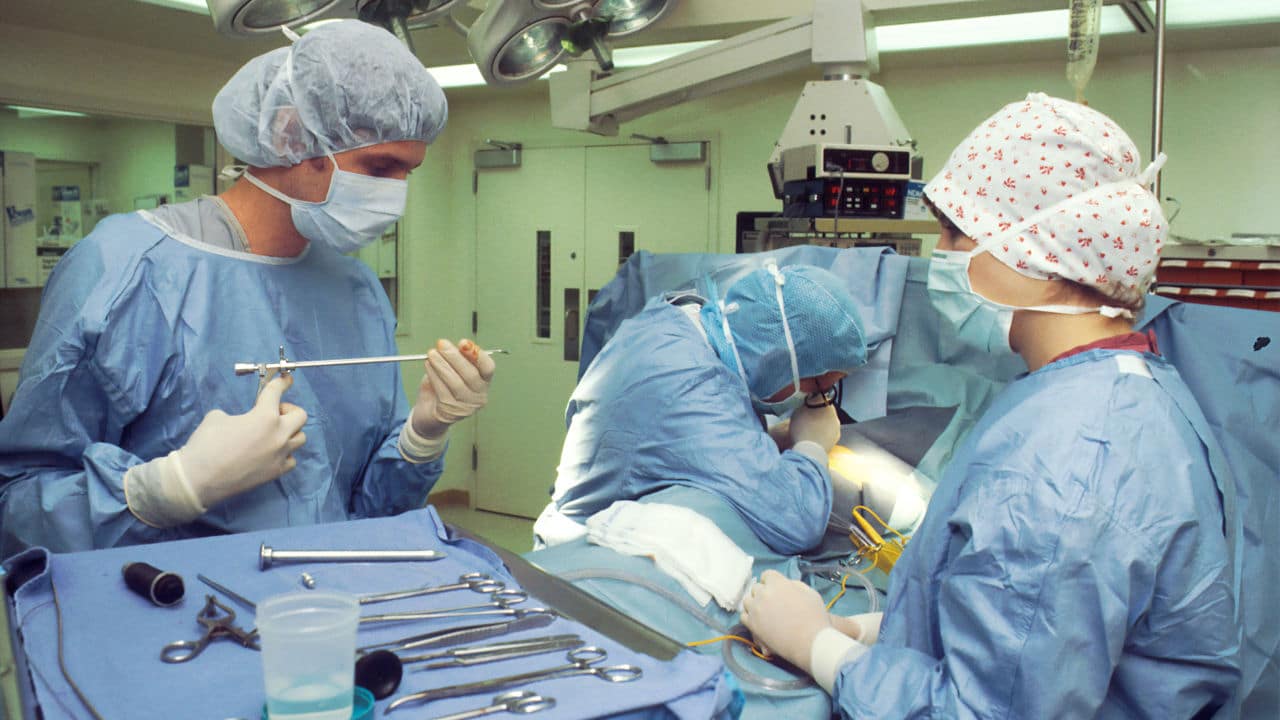A trocar is a medical device used to pierce the stomach during laparoscopic surgeries. It can be bladed, non-bladed, plastic, metal, disposable, or with cameras. The function of the trocar is to create a portal for other medical equipment that would be inserted into the stomach during the remainder of the surgery.
According to Medline Plus, laparoscopic surgery is a surgical technique in which short, narrow tubes (trocars) are inserted into the abdomen through small (less than one centimeter) incisions. Through these trocars, long, narrow instruments are inserted. The surgeon uses these instruments to manipulate, cut, and sew tissue.
Laparoscopic procedures can be flawed by errors mostly caused by the trocar used to access the stomach.
In an article by the Medical Protection Society titled The Risk of Laparoscopic Surgery, it was affirmed that “between one third and one-half of all major complications occur at the time of surgical entry.”
Trocar injuries lawsuits are not news before the court of law. A good example is the case of Gallaugher v. Holmes Surgical Association.
In the case of Gallaugher v. Holmes Surgical Association, a trocar injury led to a fatal wound in the patient, which inevitably led to his death. The doctor in charge of the operation used an optical trocar.
Usually, when a trocar is inserted into the body, carbon dioxide is directed into it to inflate the abdomen. When the trocar was inserted, it punctured the iliac vein. The subsequent influx of carbon dioxide got into the vein, which led to what can only be referred to as a fatal air embolism.
The patient passed away before anything could be done to abate the situation.
In a tragic case or one that features any form of trocar injury, legal animation can be used to portray the incident to the jury and judge.
Types of Trocar Injuries and the Use of Courtroom Animations
Trocar injuries differ in their fatality based on the point of injury and how far along the surgery has gone before the error is noticed.
In some situations, the following seconds after the puncture mistake may be followed by tremendous danger. On the flip side, the incision may only cause damage which may not be minimal but also not as life-threatening as in the case seen above. Trocar related injuries are as follows:
- Urological tract injury
Urological tract injury refers to an injury to the urinary system. The urinary systems are the kidneys, bladder, ureters, and urethra. This type of injury usually leads to bleeding, sometimes uncontrollable, urine leakage, and infections. Usually, this type of injury requires a series of surgeries.
Courtroom animation can be pivotal in portraying urological tract injuries caused by trocars.
- Hemorrhage
Johnson (2020), in her article titled Hemorrhage, defined a hemorrhage as “an acute loss of blood from a damaged blood vessel.” She further amplified that the bleeding may be minor or significant, “leading to a more ambiguous constellation of symptoms, including fluctuations in vital signs and altered mental status.”
Lack of proper treatment of a hemorrhage may lead to infections, thereby putting the internal organs at significant risk.
Courtroom animation is more than appropriate in demonstrating hemorrhage caused by the effect of the improper use of the trocar in the body.
- Abdominal wall hematoma
Abdominal wall hematoma may be caused to a patient during surgery with a trocar if a duty of care is not taken into cognizance.
Shikhman (2020), in his article titled Abdominal Hematoma, clarified that “a hematoma is a blood collection in an extravascular space and is named according to the location of the blood collection.”
He further stated that “abdominal wall hematoma usually results from bleeding inside the muscle layers of the abdominal wall, most commonly the vascular rectus muscle.”
Abdominal wall hematoma is usually accompanied by pain and bleeding in the internal organ.
This condition can be easily portrayed to the jury using courtroom animation.
Conclusion
Trocar injuries are not limited to hematomas, hemorrhage, and urological tract infections. It can also be followed by visceral injuries, herniation, and a series of infections.
Courtroom animation is an evidence-made-easy method to show the grueling effects of the poor use of trocars on the body in any court case.






